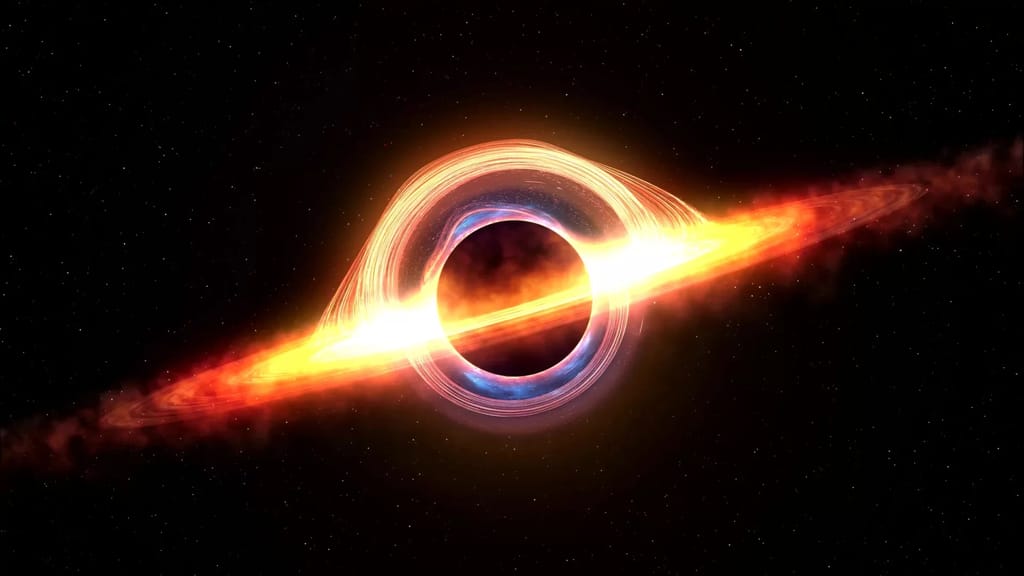
NASA’s Hubble Space Telescope has captured a supermassive black hole that no one has ever seen before in the universe, according to researchers. The black hole is moving so quickly through space that if it were in our solar system, it could travel from Earth to the Moon in 14 minutes. The cosmic object is around the size of 20 million Suns.
Black holes are thought to be among the strangest cosmic objects. In black holes, the gravitational force is so powerful that nothing, not even light, can escape. Its enigmatic nature is one of the reasons they have piqued the interest of astronomers. Supermassive black holes, according to scientists, are at the heart of practically all major galaxies, including the Milky Way.
A contrail of newborn stars has been left behind by a black hole
The supermassive black hole has left a never-before-seen contrail of newborn stars extending 200,000 light-years, or almost twice the diameter of the Milky Way. NASA’s researchers believe the contrail is caused by a “game of cosmic billiards between three gigantic black holes.”
“The black hole is streaking too fast to take time for a snack,” said NASA in a statement.
Black hole may be seen growing into its host galaxy
The black hole is located at one end of a space column that reaches back to its parent galaxy. A brilliant cloud of ionized oxygen may be seen at the very end of the column. Experts believe this is due to gas being shocked and burned when the black hole collides with it, or it might be radiation from an accretion ring surrounding the black hole.
The enormous black hole was discovered by mistake by astronomers
Pieter van Dokkum of Yale University was exploring globular star clusters in a nearby dwarf galaxy when he discovered the black hole by chance. “I immediately thought, Oh, a cosmic ray hitting the camera detector and causing a linear imaging artifact,” van Dokkum explained. “When we eliminated cosmic rays we realized it was still there. It didn’t look like anything we’ve seen before.”
The star trail is described as “very remarkable” by Dokkum
Dokkum described the contrail as “amazing, really bright, and quite uncommon.” NASA’s team conducted additional research with the W. M. Keck Observatories in Hawaii. It was the “aftermath of a black hole hurtling through a halo of gas surrounding the host galaxy,” they concluded.
Contrail could be caused by supermassive collisions
The team hypothesizes that the skyrocket contrail is caused by many supermassive black hole collisions, resulting in a “chaotic and unstable arrangement.”
“One of the black holes robbed momentum from the other two black holes and got thrown out of the host galaxy,” NASA explained. Researchers aim to conduct additional research utilizing the James Webb Space Telescope and the Chandra X-ray Observatory.
